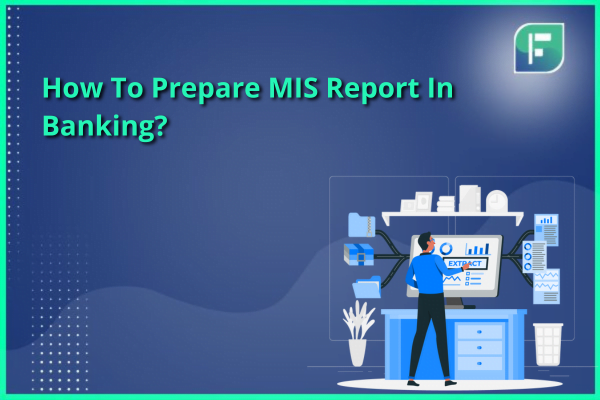


Management Information System (MIS) reports are integral for informed decision-making in the competitive and dynamic banking world. They comprehensively analyse a bank’s operational and financial performance, offering insights derived from key performance indicators like loan volumes, deposit growth, and non-performing assets. An MIS report in banking is a cohesive mix of qualitative and quantitative data, meticulously collected, analysed, and presented to offer actionable intelligence. This critical tool supports strategic planning, risk management, and operational efficiency, making it indispensable in modern banking.
As technology advances, MIS reports become more sophisticated, incorporating real-time data and predictive analytics. This ensures that banking professionals have timely and accurate information to make informed decisions.
Let’s discuss the steps to prepare an MIS report in banking.
The first crucial step in preparing an MIS report in banking involves delineating the objectives. Clear, well-articulated goals are foundational for ensuring the report’s relevance and efficacy. They serve as the cornerstone that informs the MIS report’s scope, data collection, analysis, and presentation.
The objectives should align with the overarching goals and strategies of the banking institution. This alignment ensures that the insights and recommendations derived from the MIS report in banking directly contribute to informed decision-making, strategic planning, and performance optimization. Objectives can range from assessing the bank’s financial health, evaluating operational efficiency, measuring customer satisfaction, to monitoring regulatory compliance.
Key considerations while setting objectives include:
For instance, an objective to “Increase customer satisfaction” can be made more specific and measurable: “Increase customer satisfaction by 15% over the next quarter as measured by customer feedback and survey scores.”
Identifying KPIs is a crucial phase in developing an MIS report in banking, acting as the metrics that gauge the institution’s performance against its objectives. These quantifiable measures offer insights into various facets of operations and strategic effectiveness.
Unlock your business potential with expert CA, CS, and Legal Services
Get a free consultation today